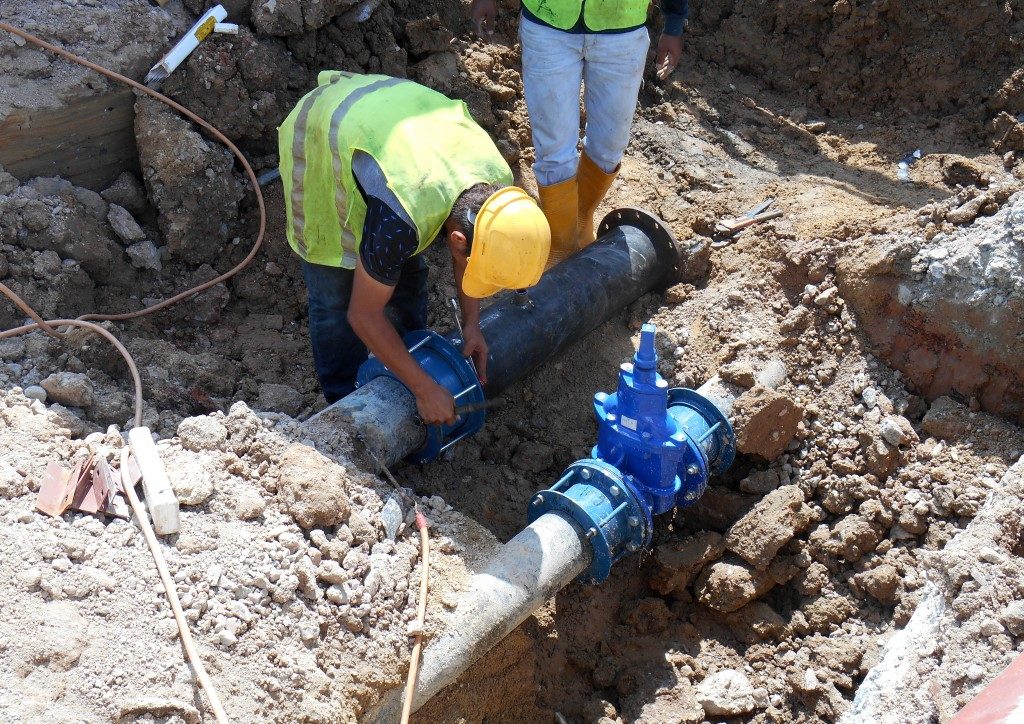Best practices are critical measurements in every industry. That applies to flood control management, too. Ideally, flood control covers prevention and protection, as well as flood mitigation. It is critical here that you approach each of these elements when addressing best practices for managing flood control. However, understand that floods in most parts, such as New Orleans, have been and will keep occurring naturally.
But, some of these naturally occurrences only need extra commitment to mitigate. So, with the right procedures, you can reverse, compensate and prevent future flooding. Some of these right procedures include:
Adapting Human Uses
If you are working with a competent civil engineering firm, they will help you find ways that you can adapt your human uses to existing hazards. They also will find you appropriate instruments that are specific to your flooding problems. What is critical here is determining the particular flooding issues that your human use has caused. Some of the most common problems here include ice flows, rising groundwater, and disruption of your sewage network.
Applying Coordinated Development of Floodplains
 The civil engineering firm that you will be working with should help you revise every flood strategy that has never yielded results. Here, it is important that you cover river basin areas and all other resources that relate to that floodplain. As much as is possible, it is best if you have the flood control management firm to implement non-structural instruments. Such flood mitigation measures are more cost-effective, efficient and sustainable to flood-related problems.
The civil engineering firm that you will be working with should help you revise every flood strategy that has never yielded results. Here, it is important that you cover river basin areas and all other resources that relate to that floodplain. As much as is possible, it is best if you have the flood control management firm to implement non-structural instruments. Such flood mitigation measures are more cost-effective, efficient and sustainable to flood-related problems.
Revising Flood Management Processes
There are, thanks to technological developments in the industry, new approaches to solving flood issues. So, it is time you shifted from using defensive actions against floods to learning how best you can manage floods. This approach will help you live with floods that often occur as well as prepare to handle sporadic flood occurrences.
Intensifying Transnational Efforts
Restoring flood zones to their natural state require the input all states on which the floodplain sits. This approach will assist in reactivating wetland in retaining water, which will, in turn, reduce flood problems. Flood protection can never be absolute. But, with the right structural measures, you can focus on protecting human health and property.
Conclusion: Best Practices Still Need Commitment to the Cause
Flood control management is not a thing that you can achieve by yourself. You will require the input of competent professionals in the civil engineering field to help you run the program. A New Orleans civil engineering firm, however, advises that you take your time in choosing these professionals. You want a lasting solution to your flood control problem, and that does not come easy. Commit to determining whether the civil engineering experts that you are planning to work with have had a solid success record.
Also, look into the service history of the firm that you will contract for how well they have been handling flood control issues similar to yours. Doing so will help you know to what extent they will help you mitigate the flood issues. Commitment should be both ways for successful flood control management. It should come from you as well as from the civil engineering firm with which you will be working together.

